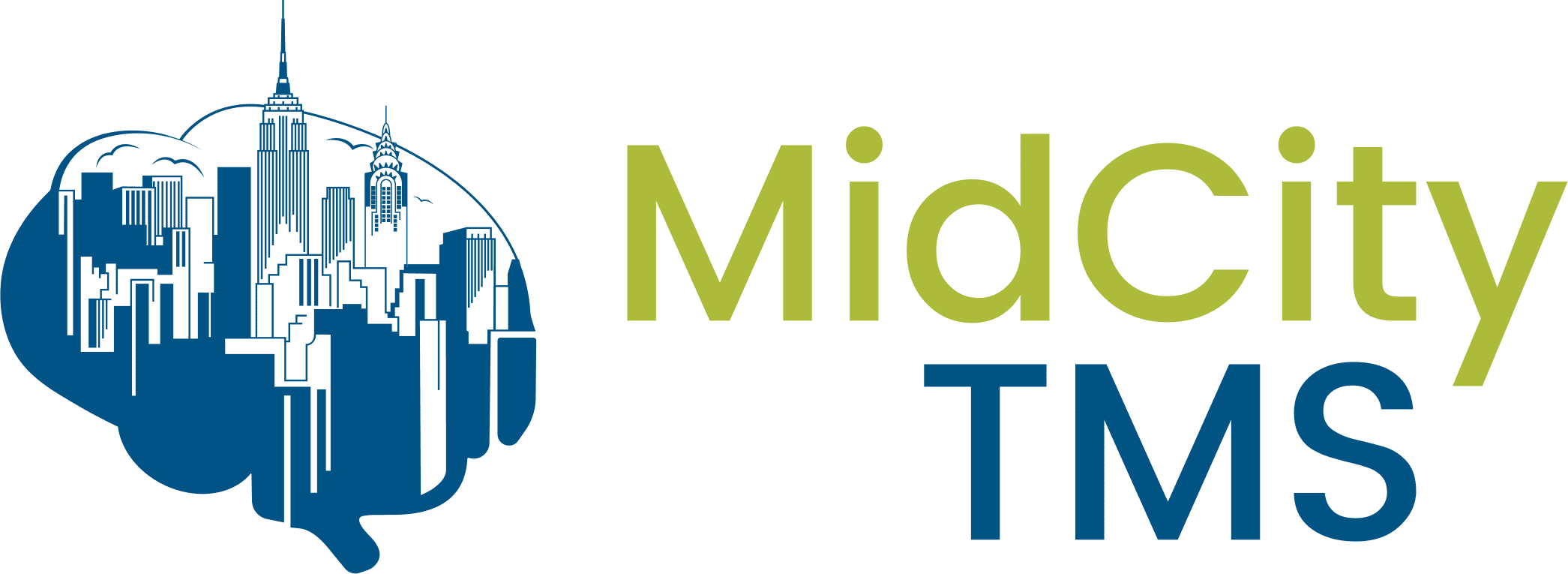There are many forms of treatment that individuals can use in order to treat depression, as well as other mental illnesses. Antidepressants are a common method of treatment. However, as with any medication, common side effects can arise.
What are Antidepressants?
Antidepressants, also known as selective serotonin reuptake inhibitors (SSRIs), are prescription medications that are used to treat depression. Some of the most common symptoms of depression are feeling tired, hopeless, worried, negative thinking, disrupted sleeping patterns, and changes in eating habits. Depression may also cause some individuals to think about ending their lives. Antidepressants can also be used in treating other conditions such as anxiety disorders chronic pain, and insomnia.
Types of Antidepressants
Some of the newer, most common types of antidepressants are selective serotonin reuptake inhibitors (SSRIs), as well as serotonin and norepinephrine reuptake inhibitors (SNRIs). In many cases, if one of these does not provide the results a patient is looking for, a doctor may recommend one of the old types such as tricyclic antidepressants (TCAs) or monoamine oxidase inhibitors (MAOIs).
How Do Antidepressants Work?
Each type of antidepressant works differently. The most common type of antidepressant, SSRIs, treat depression by increasing serotonin levels in a patient’s brain. Serotonin is a neurotransmitter that carries signals between neurons, and brain nerve cells. SSRIs block the reabsorption of serotonin into neurons, making more serotonin available, and improving the transmission between neurons. Antidepressants usually take around four to eight weeks to begin fully working.
How to Choose an Antidepressant
There are many factors that may go into selecting the right antidepressant. Different antidepressants may do a better job of managing specific symptoms than others.
Certain antidepressants may react poorly when taken with other medications, warranting a different antidepressant for the patient.
If a certain antidepressant worked well for a close family member, a doctor will most likely prescribe this type first as there is a good chance that it will work on the patient.
A Side Effect of Antidepressants
Antidepressants can have many different side effects. Some may subside within a few weeks of beginning treatment, and some may not, warranting an individual to change treatments. Common side effects of antidepressants can include nausea or vomiting, weight gain, a change in appetite, diarrhea, sexual dysfunction, headaches, and sedation.
Sedation
Previously, because insomnia is often a symptom of depression, doctors believed that sedation could benefit patients who were also taking antidepressants. Those ideas were put to rest in the 1990s, as nonsedating antidepressant medications proved just as effective as their sedating predecessors. Rather than forewarning suicide, early increases in energy and physical activity are actually a predictor of antidepressant response. Improved functioning is the goal in psychopharmacology, and sedation usually does not contribute to that goal. Sedation is sometimes desirable and sometimes not. It is desirable when treating insomnia, as long as the sedative effects do not linger into the morning.
A study looking at insomnia and somnolence associated with second-generation antidepressants found that insomnia and sedation can both be common side effects of antidepressants. Ten antidepressants showed higher rates of insomnia than placebo. The highest incidence was found for bupropion and desvenlafaxine. Agomelatine was the only antidepressant with a lower likelihood of inducing insomnia than a placebo. Eleven antidepressants were associated with higher rates of somnolence than placebo. Fluvoxamine and mirtazapine showed the highest frequency of somnolence.
Managing the sedative side effects of antidepressants can be difficult.. While combining an antidepressant with another drug can be successful in certain cases (patients can also be prescribed certain antidotes such as modafinil and armodafinil), other options are to take sedating antidepressants at night so that their sedative effects are generally limited to the hours of sleep or to try a different nonsedating antidepressant such as Bupropion..
Other Types of Treatment
There are several other types of treatment that an individual with depression may try. Many patients find that antidepressants do not work for them or that they cause intolerable side effects such as sedation.
Therapy
Cognitive-behavioral therapy and behavior therapy are two common types of therapy used to treat depression. Cognitive-behavioral therapy (CBT) usually involves changing one’s thinking patterns in order to improve their condition. These can include recognizing faulty thinking that could be creating problems, and realistically evaluating them. CBT also involves learning about one’s behavior and motivations, as well as learning problem-solving skills to use in difficult situations. Behavior therapy is a form of therapy used to correct harmful behaviors. Classical conditioning, as well as operant conditioning, are common methods used in behavior therapy.
Transcranial Magnetic Stimulation
Transcranial magnetic stimulation, also known as TMS, is a non-invasive, safe procedure used to treat depression. It involves magnetic pulses used to activate areas of the brain where low activity can cause depression. TMS uses magnetic pulses to normalize brain functioning and reverse the effects of under and overactivity in the brain. Many individuals who have not seen significant improvement with traditional forms of treatment find success in TMS.
Looking for a New Treatment?
Mid City TMS offers TMS services to individuals with Major Depressive Disorder (MDD). We use state-of-the-art equipment in order to ensure our patients are receiving the best care. Our services are efficient and allow outpatients to carry on with their normal routine post-procedure. Our patients have reported improved mood and energy and reduced anxiety. Contact Mid City TMS today to learn more about if TMS is right for you.



